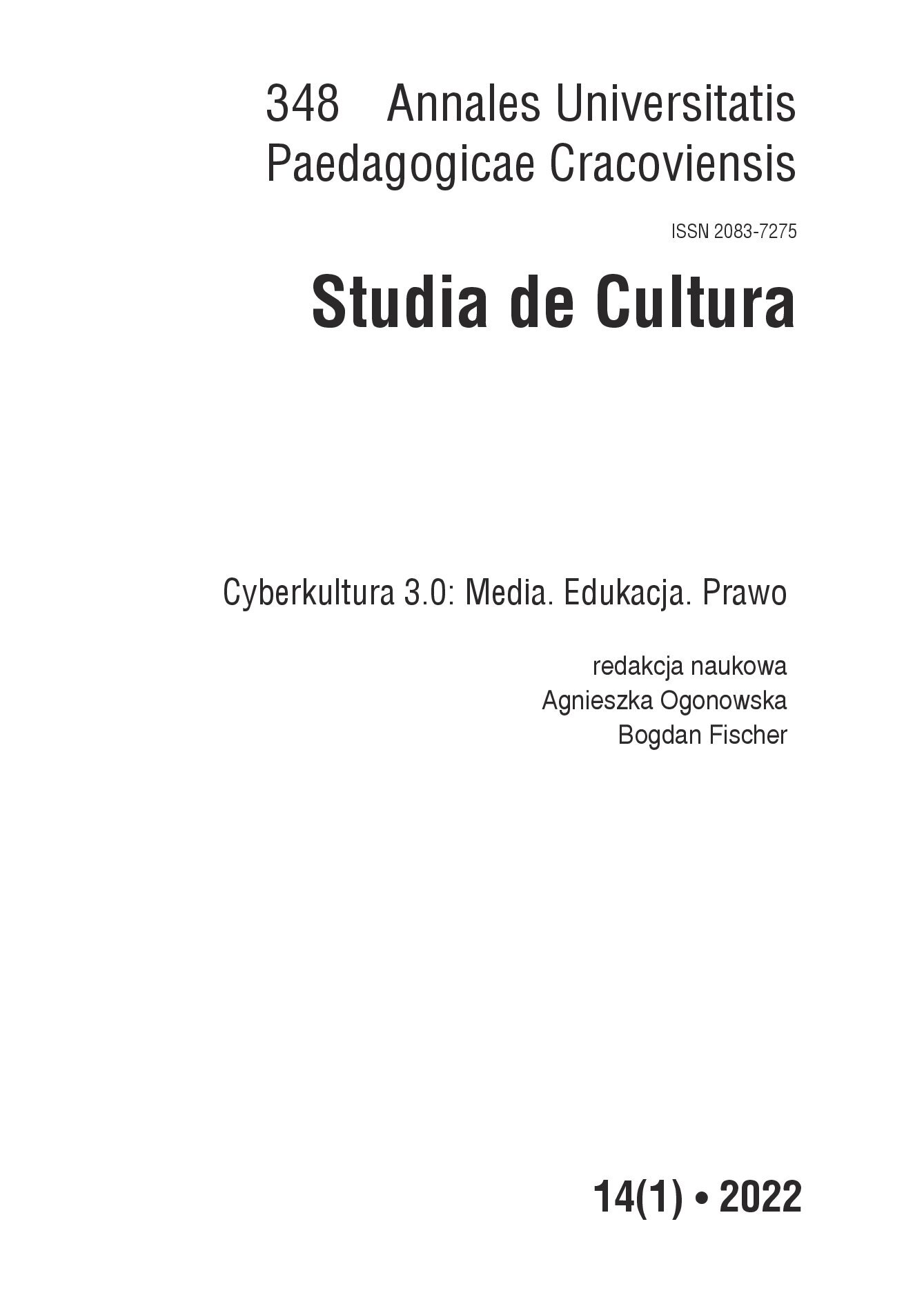Abstrakt
Artykuł porusza problem kryzysu uniwersytetu w obliczu zmian technologicznych, w tym szczególnie dynamicznie rozwijającej się sztucznej inteligencji i uczenia maszynowego. W takim układzie odniesienia uniwersytet zdaje się gubić rudymenty własnej tożsamości i jest stawiany w jednym szeregu z wąskimi instytucjami kształcenia profesjonalnego. Rozwój sztucznej inteligencji może stanowić dla uniwersytetu zarówno zagrożenie, jak i potencjalne pole do rozwoju, lecz status ten jest obecnie niejednorodny. Niniejszy artykuł stanowi próbę szkicowego nakreślenia wpływu sztucznej inteligencji i uczenia maszynowego na przestrzeń akademicką (edukacyjną i badawczą).
Bibliografia
Arel Itamar. 2012. Deep Reinforcement Learning as Foundation for Artificial General Intelligence. In: Theoretical Foundations of Artificial General Intelligence. Pei Wang, Ben Goertzel (eds.). Amsterdam, Paris and Beijing. 89–103.
Zobacz w Google Scholar
Awol Amy. 2018. How to Become Anonymous, Secure and Free Online. New York.
Zobacz w Google Scholar
Carlsson Kjell, Gualtieri Mike, Sridharan Srividya, Perdoni Robert. 2020. The Forrester Wave™: Notebook-Based Predictive Analytics and Machine Learning, Q3 2020. https://reprints2.forrester.com/#/assets/2/108/RES157464/report. (accessed: 3.03.2022).
Zobacz w Google Scholar
Chmielecki Przemysław. 2019a. “Machine Learning Based on Cloud Solutions”. Edukacja Technika Informatyka no. 1. 132–138.
Zobacz w Google Scholar
Chmielecki Przemysław. 2019b. “Technicized University – Are the Technological Changes an Opportunity or a Threat?”. Zagadnienia Naukoznawstwa no. 1. 103–111.
Zobacz w Google Scholar
Chmielecki Przemysław. 2021. “Global YouTube University – uwagi o robotyzacji szkolnictwa wyższego”. Humanistyczne Korpus no. 39. 149–154.
Zobacz w Google Scholar
Côté James, Allahar Anton L. 2007. Ivory Tower Blues: A University System in Crisis. Toronto.
Zobacz w Google Scholar
Fleming Sean. 2021. This Is How University Students Can Emerge from the Pandemic Stronger. https://www.weforum.org/agenda/2021/01/online-learning-universities-covid-suzanne-fortier/. (accessed: 3.03.2022).
Zobacz w Google Scholar
Mainardes Emerson Wagner, Alves Helena, Raposo Mario. 2011. “The Process of Change in University Management: From the ‘Ivory Tower’ to Entrepreneurialism”. Transylvanian Review of Administrative Sciences no. 33. 124–149.
Zobacz w Google Scholar
Microsoft. 2018. AI in Action. Three Technical Case Studies Show How Developers Are Using Azure AI to Create the Next Generation of Apps. Redmond.
Zobacz w Google Scholar
Mueller John Paul, Massaron Luca. 2016. Machine Learning for Dummies. New Jersey.
Zobacz w Google Scholar
Panetta Kasey. 2021. The Gartner Hype Cycle for Emerging Technologies, 2020 Highlights 30 Technology Profiles That Will Significantly Change Society and Business Over the Next Five to Ten Years. https://www.gartner.com/smarterwithgartner/5-trends-drive-the-gartner-hype-cycle-for-emerging-technologies-2020/. (accessed: 9.08.2021).
Zobacz w Google Scholar
Pérez Castaño Arnaldo. 2018. Practical Artificial Intelligence. Machine Learning, Bots, and Agent Solutions Using C#. Havana.
Zobacz w Google Scholar
Russel Stuart, Norvig Peter. 2010. Artificial Intelligence. A Modern Approach. New Jersey.
Zobacz w Google Scholar
Wang Pei. 2012. Theories of Artificial Intelligence – Meta-Theoretical Considerations. In: Theoretical Foundations of Artificial General Intelligence. Pei Wang, Ben Goertzel (eds.). Amsterdam, Paris and Beijing. 305–322.
Zobacz w Google Scholar

Utwór dostępny jest na licencji Creative Commons Uznanie autorstwa – Użycie niekomercyjne 4.0 Międzynarodowe.

